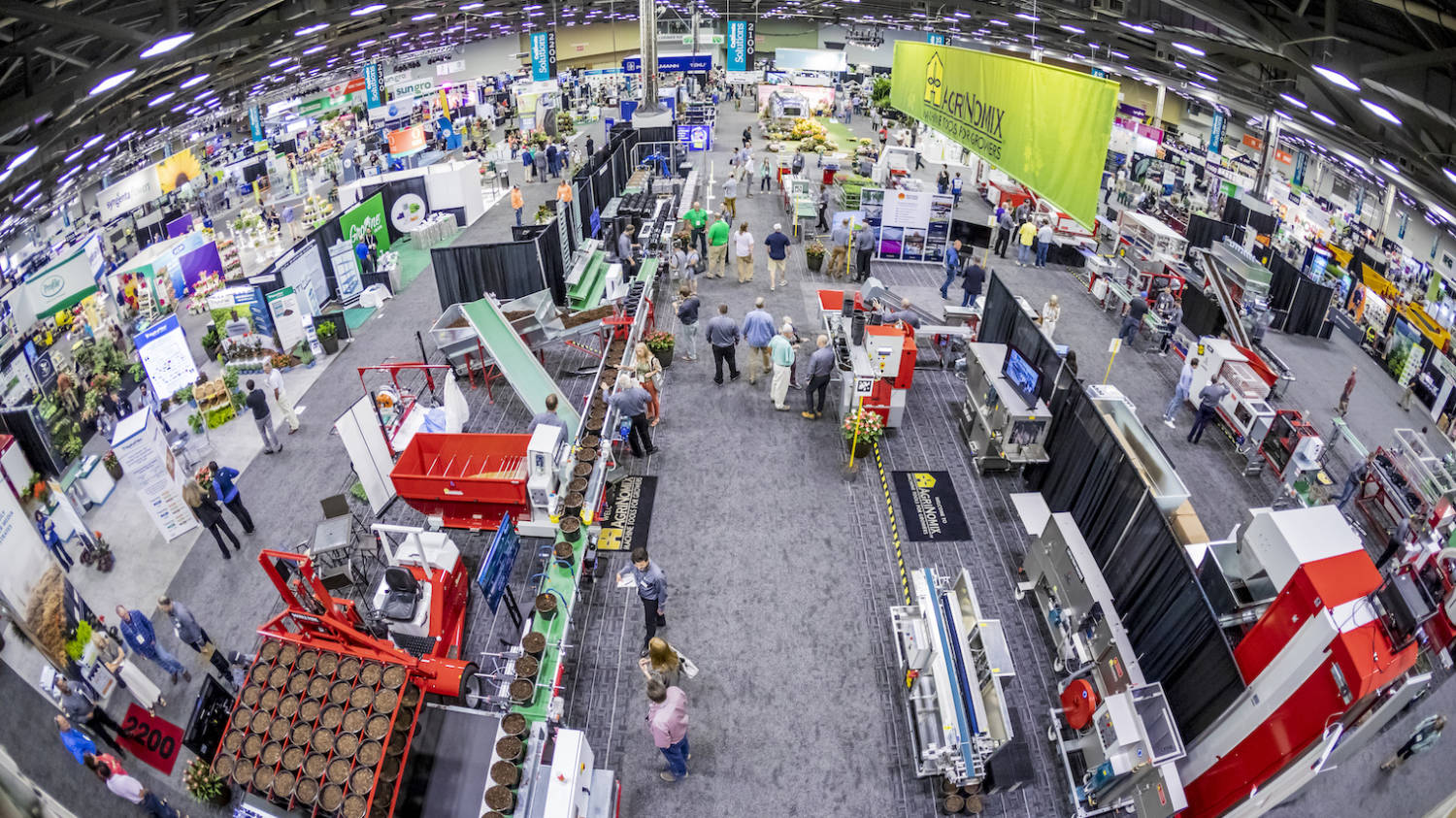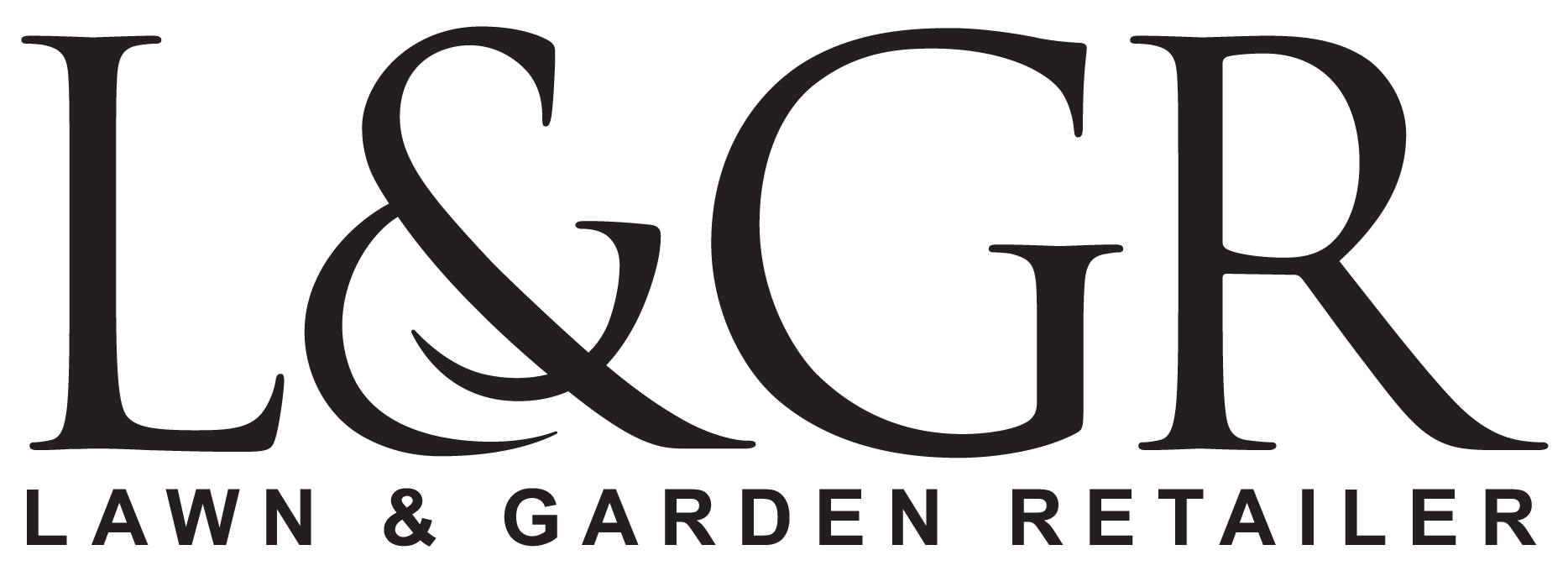
Grower Success Stories: Flowers and forward thinking at Newton Greenhouse
 In 1970, Tom and Nora McElroy bought 14 acres of land in Newton, New Hampshire, and put up a very large, old glass greenhouse. Newton Greenhouse was opened a year later. Having studied horticulture at the Ohio State University, Tom was living out a dream.
In 1970, Tom and Nora McElroy bought 14 acres of land in Newton, New Hampshire, and put up a very large, old glass greenhouse. Newton Greenhouse was opened a year later. Having studied horticulture at the Ohio State University, Tom was living out a dream.
Newton Greenhouse offers a diverse selection of houseplants, flowering plants and cut flowers grown on-site year-round, including African violets, snapdragons, lisianthus, hibiscus, succulents, seasonal cut tulips and poinsettias, Christmas cacti, ivies and many more varieties. The business still utilizes the same loam today it did in the early days, and the McElroys are both still working into their early 80s, but the company looks much different after 54 years.
STEADY GROWTH
“We pretty much expanded for 35 years, greenhouse sizewise, and have sat steady since around 2005,” said Matt McElroy, the founders’ son and president of Newton Greenhouse. He and his brother Doug help their parents lead the operation consisting of 18 greenhouses.
“This was my dad’s dream, and as long as he is capable and wants to maintain that, he will make the final call,” McElroy said.
The original greenhouse was around 15,000 square feet. Today, the property includes approximately 53,000 square feet of greenhouse space — a mix between a traditional glass structure, a few more modern-style hoop houses and one Nexus house.
“We’re covered probably 80% by polycarbonate and 20% by regular plastic poly,” McElroy said.
ADAPTING WITH TECH
Changes at Newton Greenhouse have been numerous, ranging from crop selection (snapdragon being the lone original product) to types of growing benches to irrigation systems.
The company has explored ways to improve the business through technology since the very beginning.
“We’ve automated with the times pretty steadily,” McElroy said. “We’ve certainly moved every year to get more and more automatic watering — though there’s still plenty of hand watering — but reducing that water was huge.”
That’s meant experimenting with drip irrigation, capillary mat irrigation, some ebb and flood irrigation and more.
“We were pretty good early adaptors, but because of the age of the business, it’s hard to take a business that’s 50 years old and try to adopt some of the newer technologies,” McElroy said.
The company has also converted all of its extra lighting from traditional sources. For instance, McElroy was growing African violets under regular florescent lightbulbs for many years, but now they’re under LED fluorescents. Additionally, all sodium lighting has been replaced with LED lighting in efforts to consume less electricity.
“We also burned oil for about 40 years, but for the last 15 years have been heating with biomass from wood,” McElroy said. “That was our latest big capital investment.”
That has helped cut the fuel bill from $300,000 annually to less than $30,000. 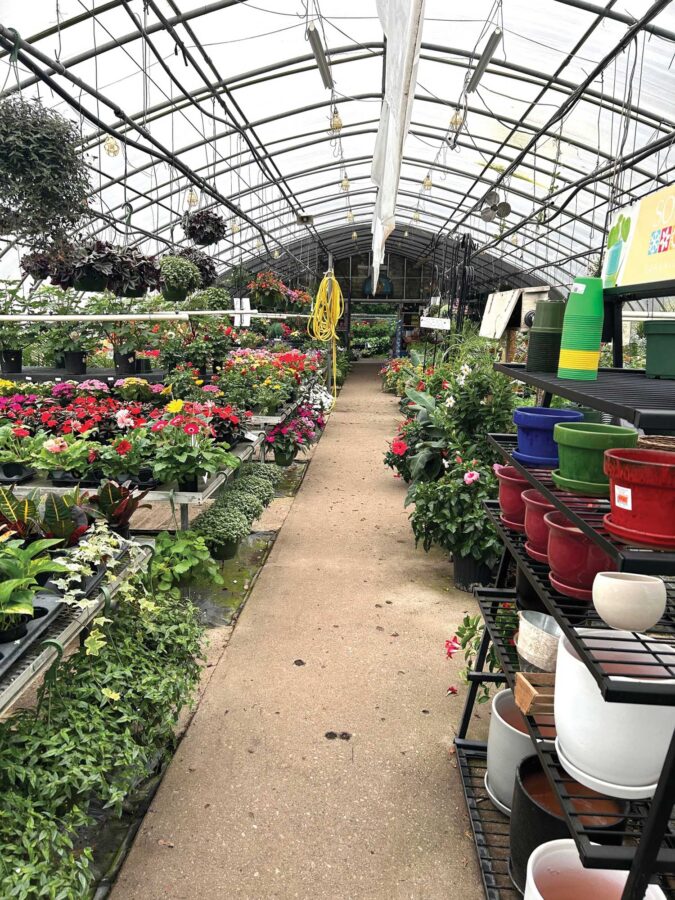
GREEN PRACTICES
Sustainability has always been a priority at Newton Greenhouse since its earliest days.
“We make our own soil and have the entire time of our operation,” McElroy said. “We still haven’t consumed all of the original loam. We buy peat from Maine, not from another country, and although we need to bring in some outside materials — such as perlite and Epsom salts — for the most part, everything is local.”
Water comes from four on-site artesian wells, which also helps the company keep its footprint small. Newton Greenhouse also makes its own fertilizer.
“In the last five years, we’ve been sourcing more and more plant materials from Ontario instead of Florida, even in the tropicals, which saves on freight,” McElroy said. “Canada can be here in a day, whereas Florida takes three days. If I do buy a Florida product, I’m often getting it from a midsized wholesaler in Connecticut.”
CULTIVATING COMMUNITY AND CUSTOMERS
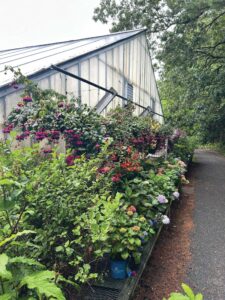
Today, Newton Greenhouse regularly services 35 florists and supplies the Flower Market, in addition to selling flowers directly to businesses and individual customers. Over the years, it has cultivated and sold millions of bouquets. The greenhouse also offers a variety of houseplants, flowering plants, vegetables and holiday decorations.
“My market is pretty local — it’s usually within an hour-and-a-half to two hours with our wholesale side of our business,” McElroy said. “We used to travel further and even shipped some things by air, as far as Puerto Rico. Those days have been long numbered. The need to see that far is slimmer than ever. As a small-sized grower, it’s hard to sell long-distance, even with a niche product.”
THE SECRET’S IN THE SOIL
McElroy points to Newton Greenhouse’s soil as one reason why customers choose its products.
“The fact is, we’re still steam pasteurizing soil mix with very raw ingredients. Therefore it has some very beneficial things — the loam has benefits you can’t just get in a regular potting mix,” McElroy said. “When people have a hanging basket or a plant they’re going to put outside all summer that was grown here, they perform better. They have the ability to hold water, they have nutrition, they have a fighting chance. We see the difference.”
During the pandemic, the company was able to crack around $1 million in sales — a high-water mark at the time — and that’s about the goal every year now. It’s been met for several consecutive years.
“It’s pretty hard to take those numbers and crank them up much higher at our size and footprint,” McElroy said. “Our retail now is about 50% of our business, and before 2020, it was only about 30% to 35%. So, we are getting more sales out the front door, which is fantastic. But we’re in a rural setting and not in a retail location by any means, so we are limited with how many people can get their foot in the door at the same time.”
McElroy sees more and more greenhouses closing every year, so it’s something of a strange time for companies as they look ahead, he said. However, many of those closures happen because the businesses don’t have the next generation to take over — but that wasn’t initially the case with the McElroy family.
“We’ve gotten to our second generation pretty good, but my kids aren’t here, and aside from one nephew, the rest of my nieces and nephews aren’t here,” he said. “It’s pretty tough to fall in love with this business enough to give it your all seven days a week. That’s why the future is interesting, and it’s hard to look that far ahead.”
Still, when thinking about the future, he noted he and his brother are always talking about the crops they grow, the areas where they can scale back and how to grow the retail side of the business.
“When we built in 1971, we probably thought we’d be a wholesale greenhouse more than anything, but the retail thing always got my dad excited, and we grew and grew that part of it,” McElroy said. “I think that’s where it leans more to now — trying to sell more out the front door.”



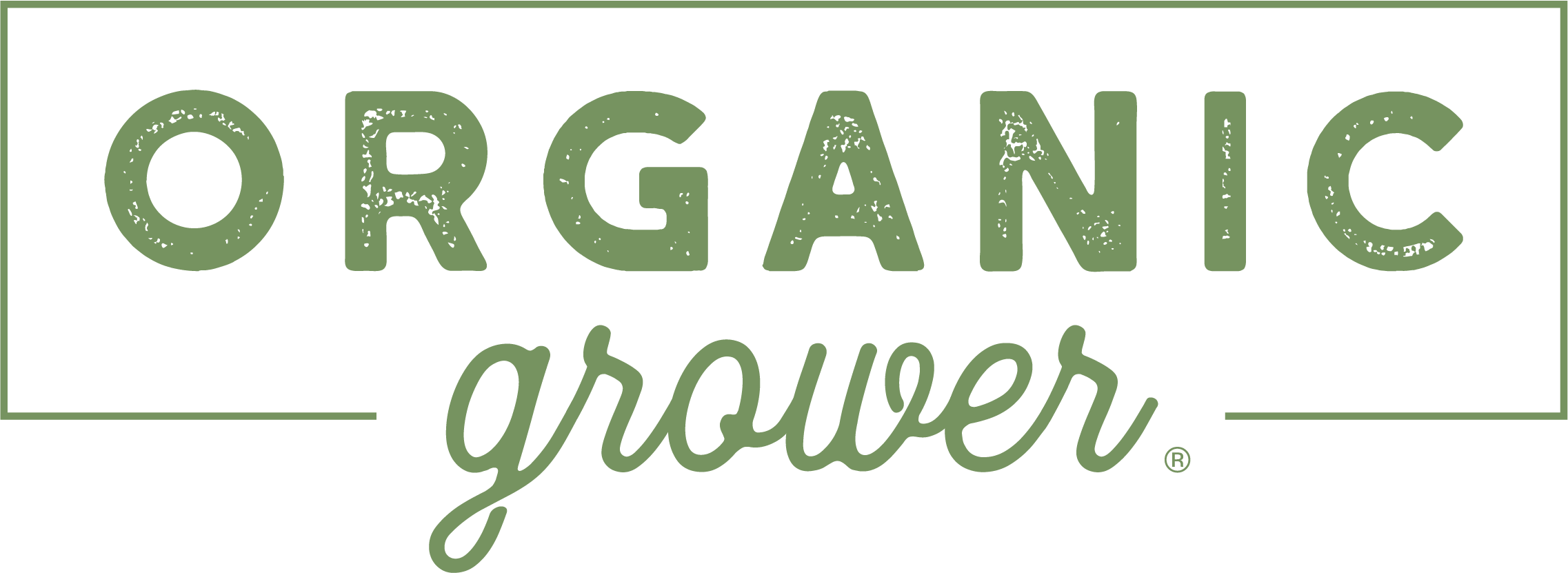





 Video Library
Video Library 
